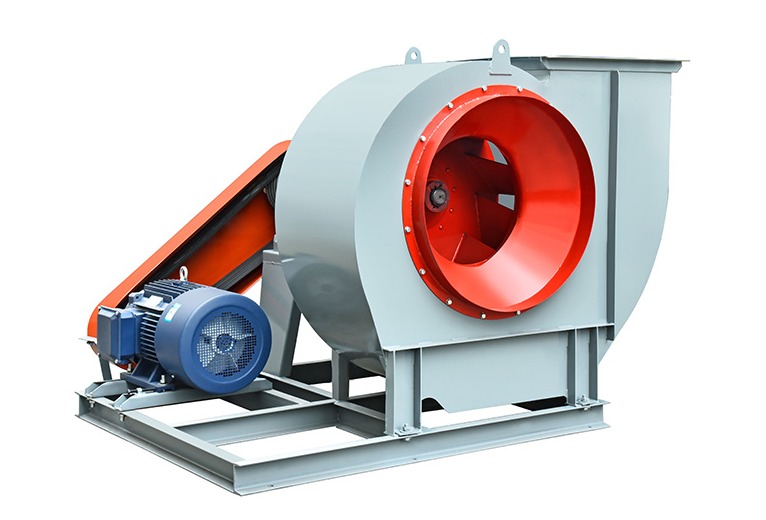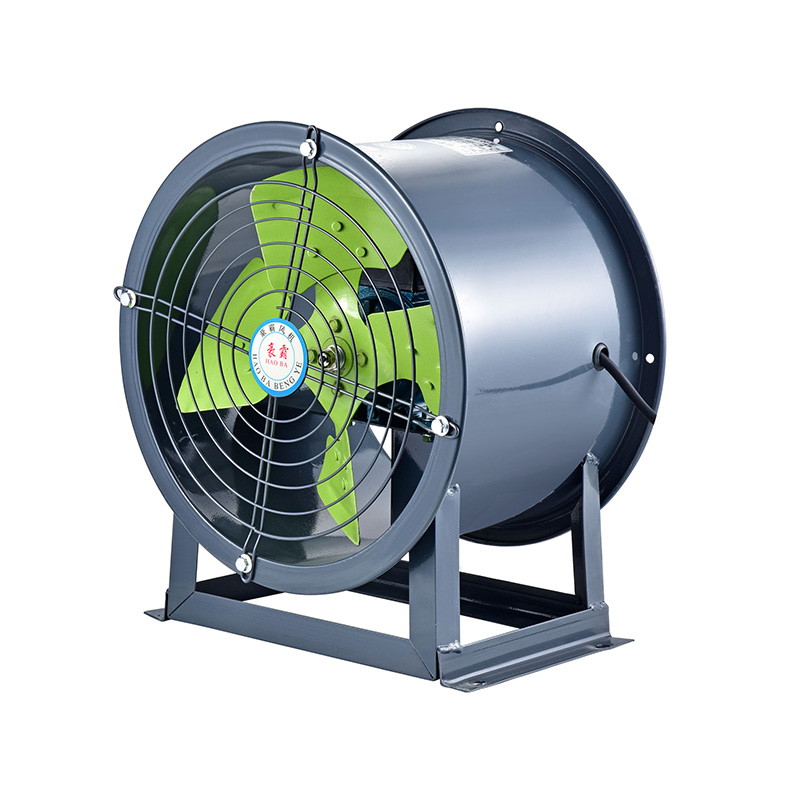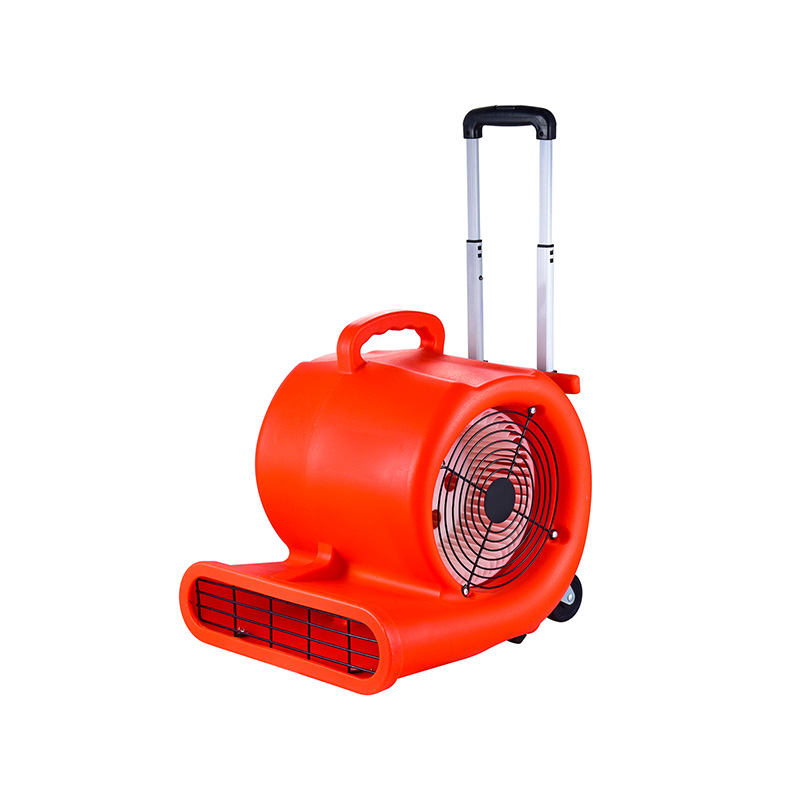Choosing the Right Fan for Mixed Flow and Floor Ventilation
2025-10-24
When designing or upgrading a ventilation system, two questions commonly arise: which fan suits ductwork best and how to ensure effective floor-level airflow. In many configurations, you’ll consider both a Mixed Flow Duct Fan and a Blow Floor Ventilator. Users often wonder how to choose between different models, how to match their performance, and how to avoid inefficiencies or noise issues when both are in use together.

Key Selection Criteria for Mixed Flow Duct Fan
Here are critical factors to assess when choosing a Mixed Flow Duct Fan:
Airflow & Static Pressure
Required airflow (CFM or m³/h): Based on room volume, air changes per hour (ACH), or specific load (e.g. heat, occupancy).
Static pressure head: Account for duct losses (friction, fittings, transitions) and any additional resistance from filters, grilles, or the downstream floor ventilator.
In practice, pick a fan whose performance curve intersects your required point with some margin (e.g. 10–20 %) to avoid operating at the edge of the curve.
Duct Compatibility & Physical Sizing
Ensure the fan inlet and outlet diameters match duct sizes to avoid turbulence or losses.
Compact or inline mixed flow fans are useful in tight duct runs.
Orientation and mounting constraints (horizontal, vertical) must be considered.
Noise, Vibration & Acoustics
Because duct fans typically run continuously, low noise is highly desirable.
Select fans with aerodynamic blade designs or features like serrated leading edges (inspired by natural designs) to reduce noise generated by flow separation. (In aerodynamic research, leading-edge serrations have been shown to reduce separation-induced noise in mixed flow fans)
Use vibration mounts or flexible connectors to decouple the fan from duct structure.
Motor Type & Control
EC (electronically commutated) motors enable variable speed control, better efficiency, and more precise matching to load changes.
Ensure the fan is controllable (via PWM, DC, or AC interface) for integration with building management systems.
Maintenance & Reliability
Choose designs that are serviceable: easy access to impeller, bearings, and motor.
Use sealed bearings or bearings with suitable lubrication intervals.
Key Selection Criteria for Blow Floor Ventilator
Once the duct fan is chosen, the Blow Floor Ventilator selection should follow these guidelines:
Matching Local Airflow Requirements
Estimate the portion of total airflow the floor ventilator must handle (e.g. per zone).
Ensure the ventilator’s pressure curve can accept the delivered duct pressure without overloading or underutilizing it.
Discharge Pattern & Coverage
The floor ventilator should provide adequate throw (horizontal range) to cover the intended zone without creating dead spots or drafts.
Adjustable louvres or vanes can help tune distribution.
Noise & Comfort
Since floor ventilators are closer to occupants, noise is more perceptible. Choose designs with smooth blade profiles, acoustic damping, or silencers.
Ensure the airflow velocity at occupant level is comfortable (not too strong or drafty).
Control Strategy
The floor ventilator often acts as the “finetuning” device: modulate it based on zone demand (temperature, occupancy).
The duct fan serves as the baseline supply; the floor ventilator adjusts locally.
Maintenance & Durability
The ventilator should be easily accessible for cleaning blades and inspecting bearings.
Robust housing that resists dust, corrosion, or impacts is preferred.
Selecting the right combination of a Mixed Flow Duct Fan and a Blow Floor Ventilator is not a trivial task—but with the right framework, you can avoid mismatches, noise issues, and energy waste. Focus first on proper airflow and pressure matching, then ensure each component is controllable, audibly acceptable, maintainable, and tuned for synergy.

 English
English русский
русский عربى
عربى









